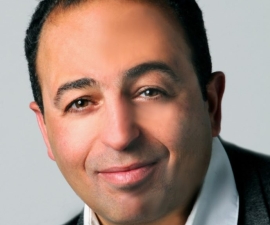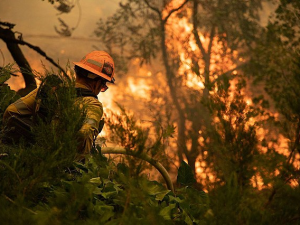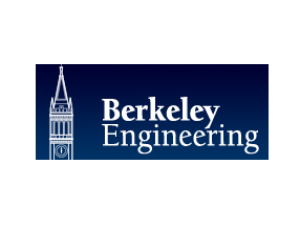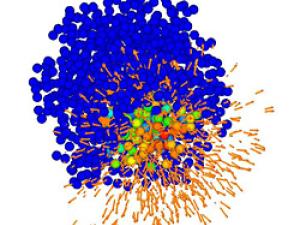

Research Bio
Tarek I. Zohdi is currently a Professor of Mechanical Engineering, Chair of the Designated Emphasis Program in Computational and Data Science and Engineering, Associate Dean for Research in the College of Engineering and holder of the W. C. Hall Family Endowed Chair in Engineering at UC Berkeley. He also holds a Faculty Scientist position at Lawrence Berkeley National Labs.
He has published over 200 archival refereed journal papers and eight books. In 2012, he was elected President of the United States Association for Computational Mechanics (2012-2014). He is an Editor-in-Chief of the leading journal in his field, Computer Methods in Applied Mechanics and Engineering (CMAME) and serves on 11 editorial boards of international journals. He is also the co-founder and Co-Editor-in-Chief of the journal Computational Particle Mechanics (CPM). Overall, he has given more than 200 plenary, keynote and contributed lectures at conferences, universities and other research institutions. He is active in five main industrial areas (1) high-strength fabric (2) highly heterogeneous materials (3) fire-control technologies (4) food systems and (5) advanced manufacturing processes.
In 2000, he received the Zienkiewicz Prize and Medal given by The Royal Institution of Civil Engineers in London. In 2003, he received the Junior Achievement Award given by the American Academy of Mechanics. In 2008, he was elected Fellow of the International Association for Computational Mechanics (IACM) and in 2009 he was elected Fellow of the United States Association for Computational Mechanics (USACM). In 2017, he received the UC Berkeley Distinguished Teaching Award; the highest award for teaching at UC Berkeley. In 2019 he was elected as Fellow of the American Academy of Mechanics (AAM)-only one new Fellow is inducted in the nation and the Americas each year: https://medium.com/the-coleman-fung-institute/tarek-zohdi-named-2019-aam-fellow-d4df374246e1. In 2020, he received the prestigious Humboldt-Forschungspreis (Humboldt Research Prize).
For more information see http://www.me.berkeley.edu/people/faculty/tarek-i-zohdi.
Research Expertise and Interest
advanced manufacturing, 3D printing systems, fire propagation and control, UAVs and swarms, ballistic fabric shielding, food-system modeling, pandemic modeling
In the News
Computing and Data Sciences Improve What We Know About Wildfires and How to Fight Them
College launches new energy engineering major
The College of Engineering has launched a new major—driven largely by undergraduate interest—that focuses in a comprehensive way on the generation, transmission and storage of energy, with additional courses on energy policy.
Engineering to offer energy major for undergrads
Beginning this fall, the new Energy Engineering major will admit up to eight new students each year.



